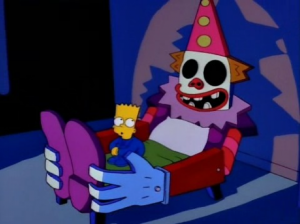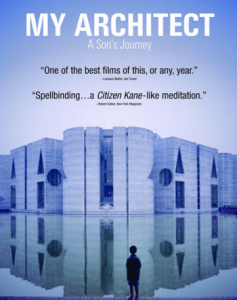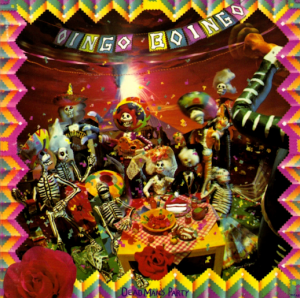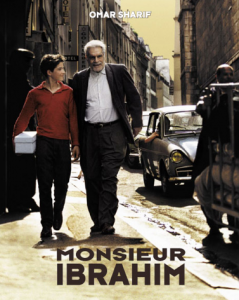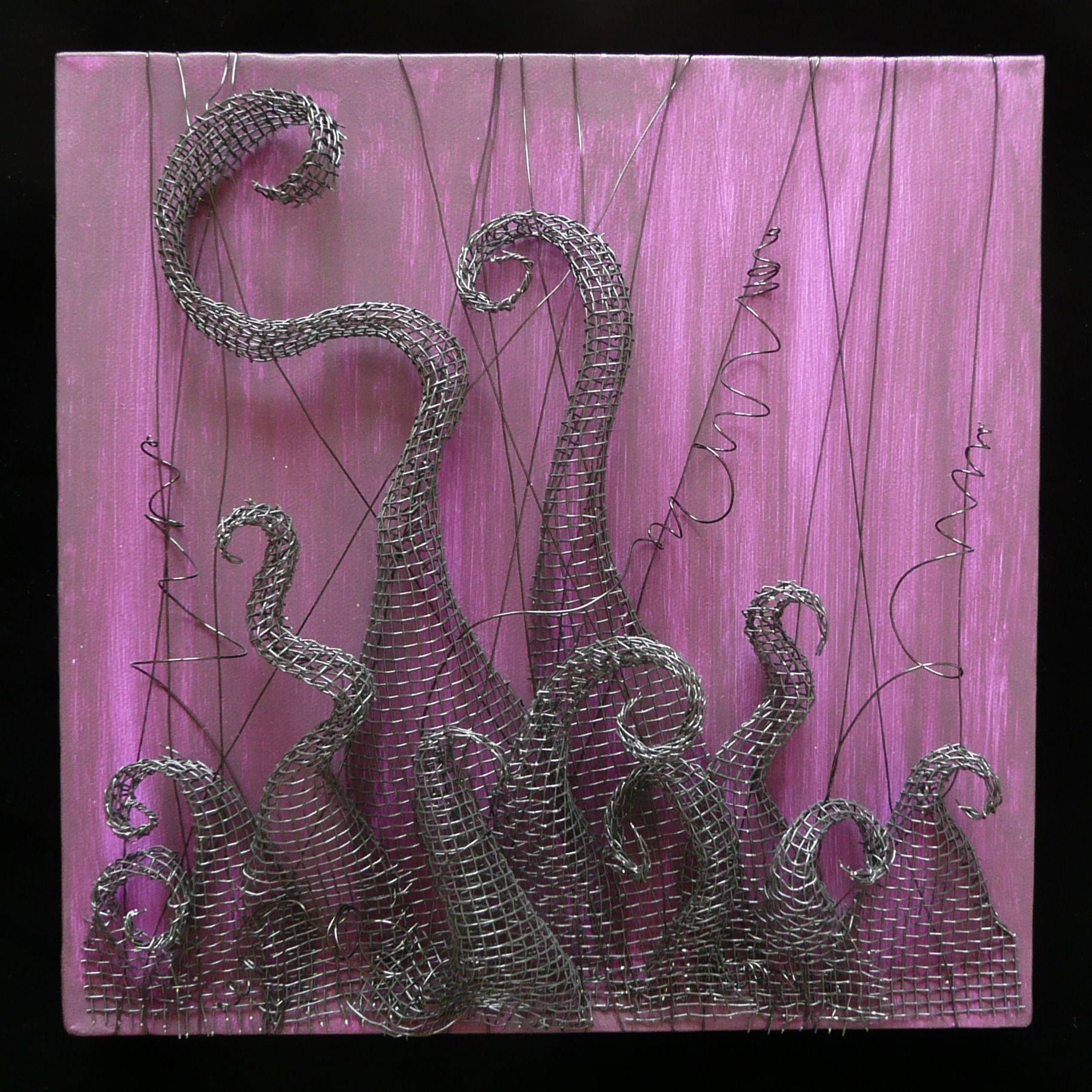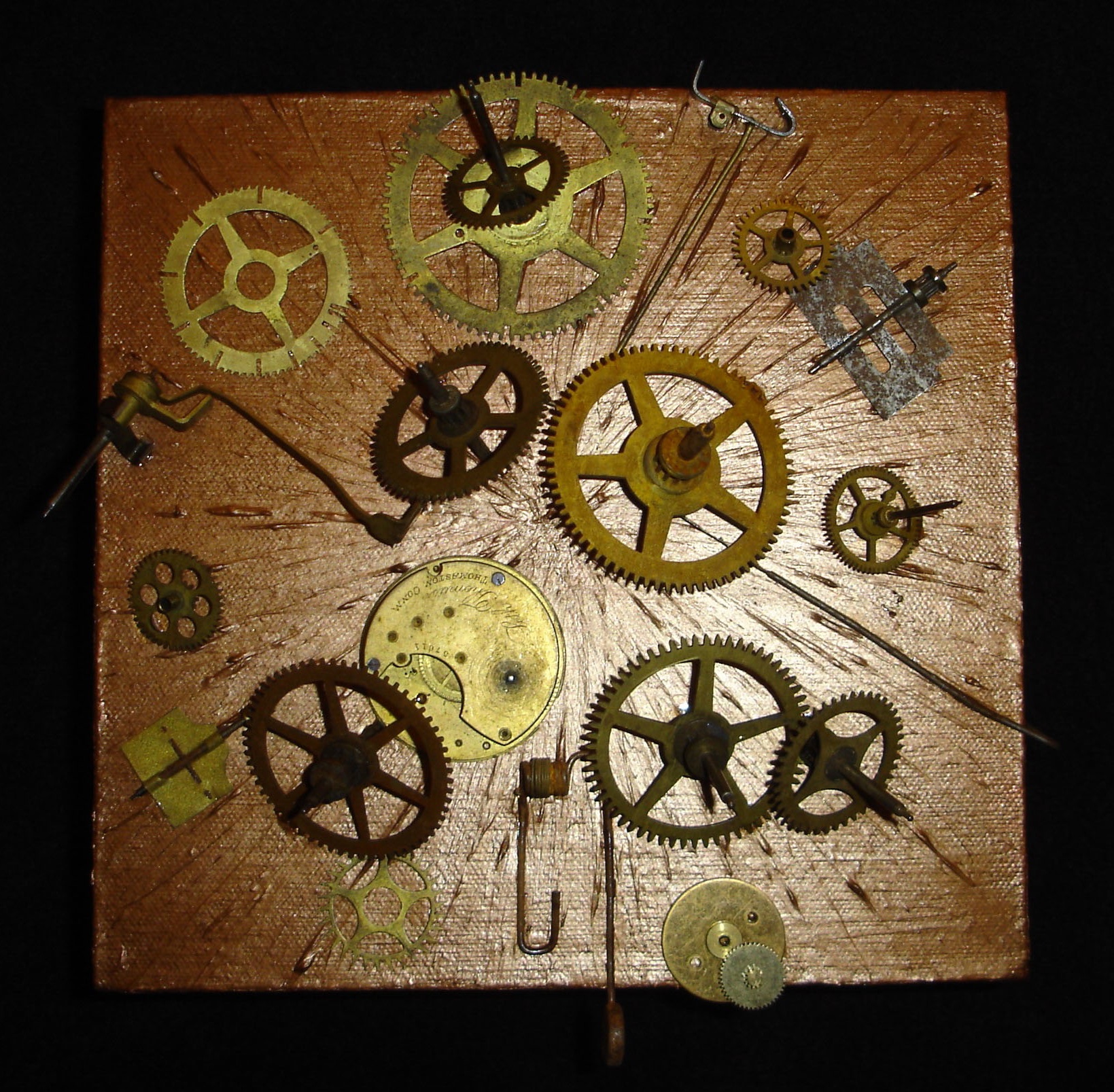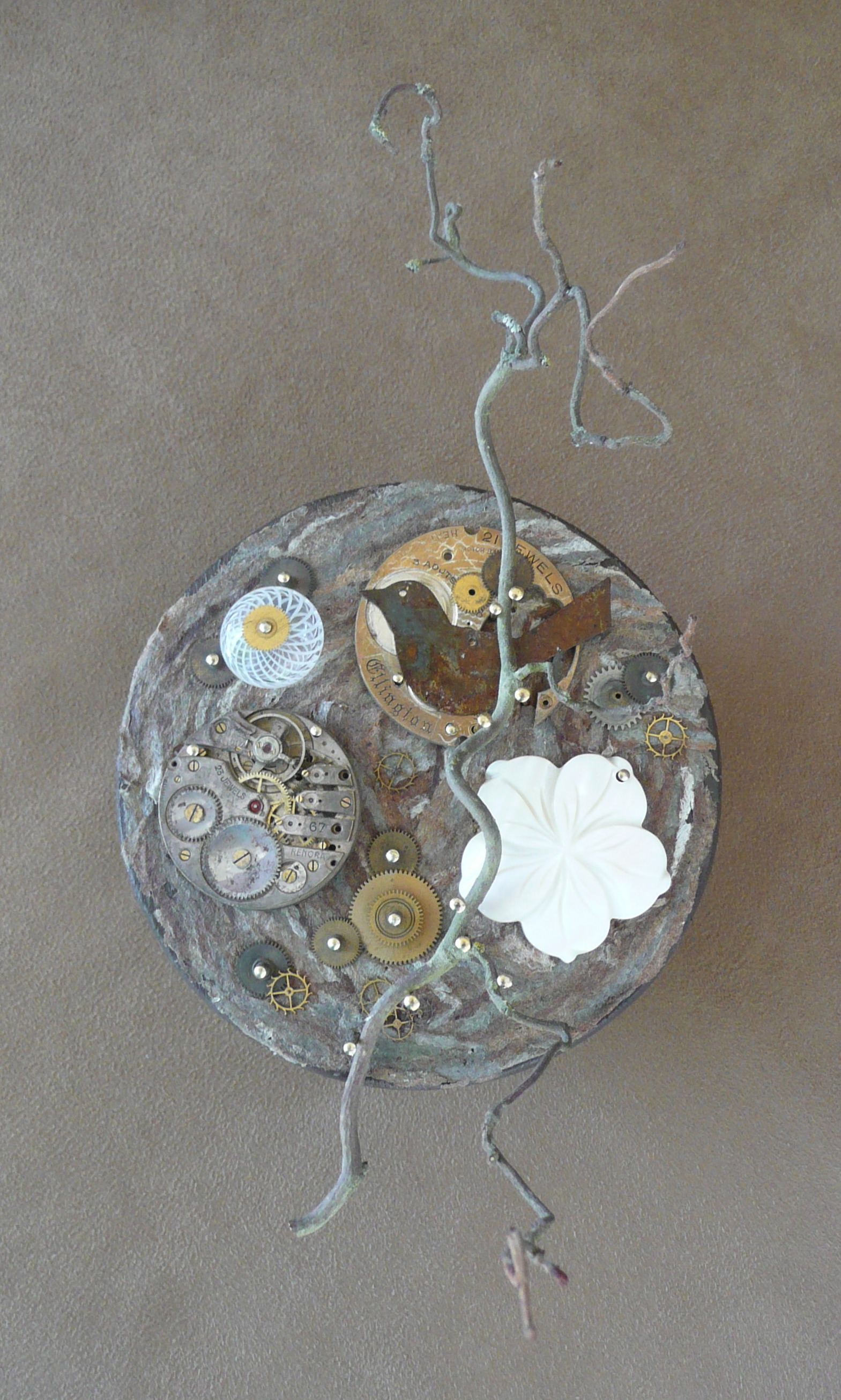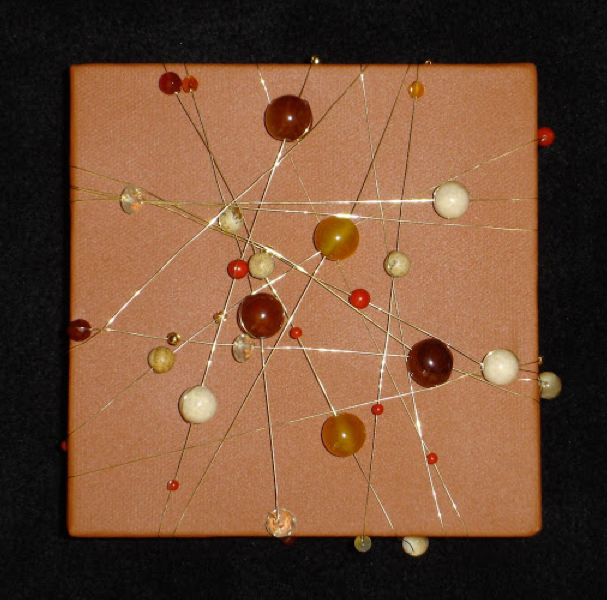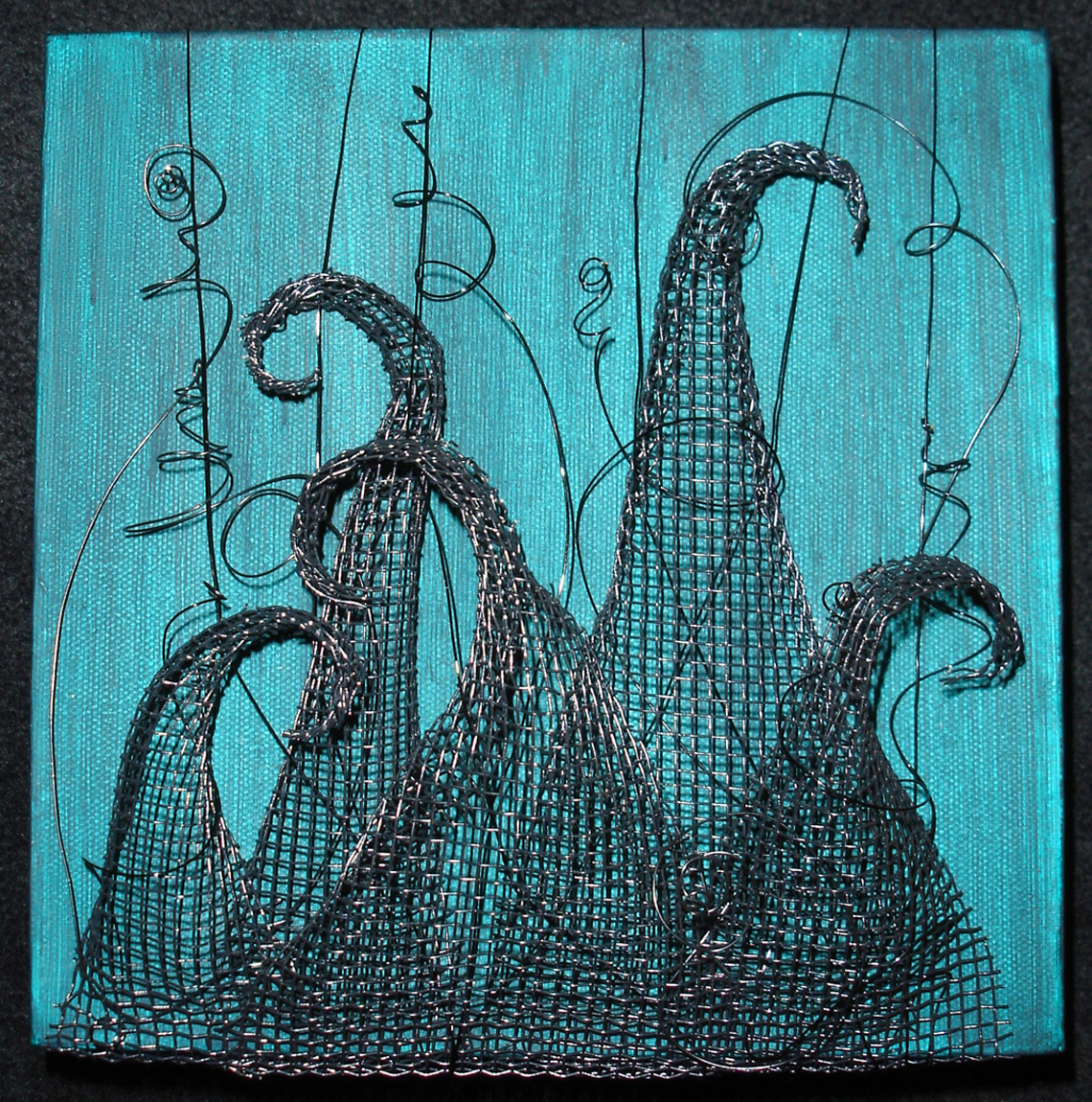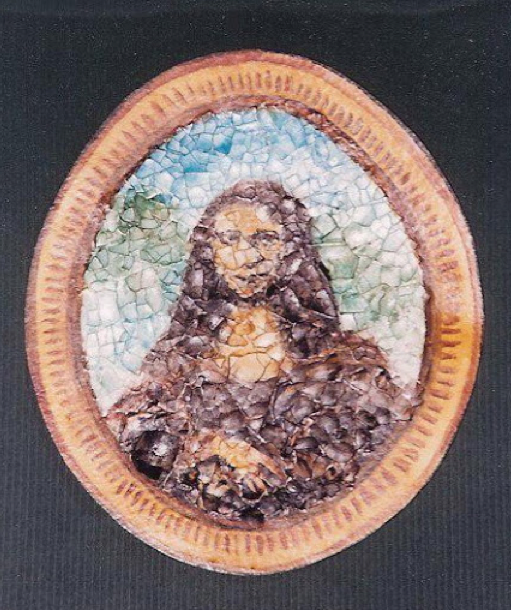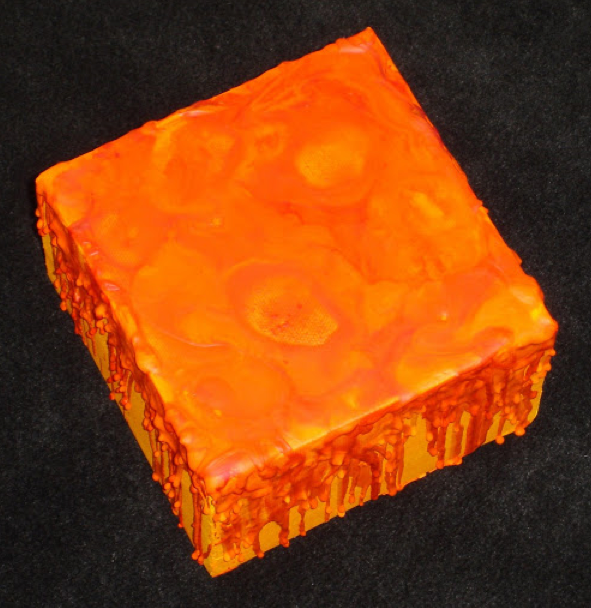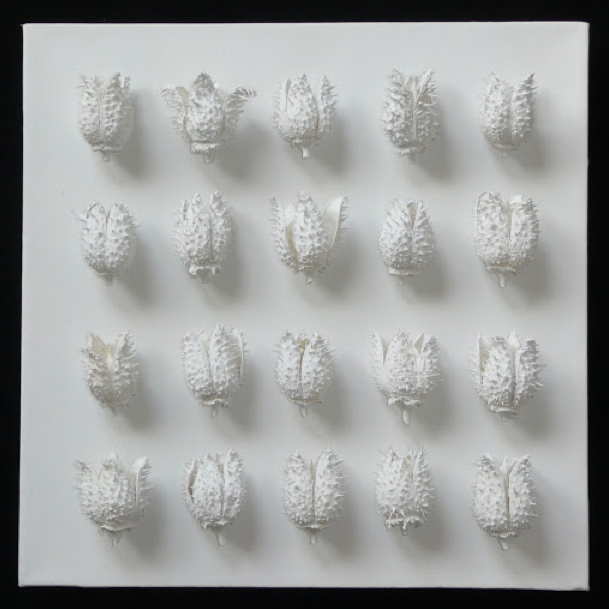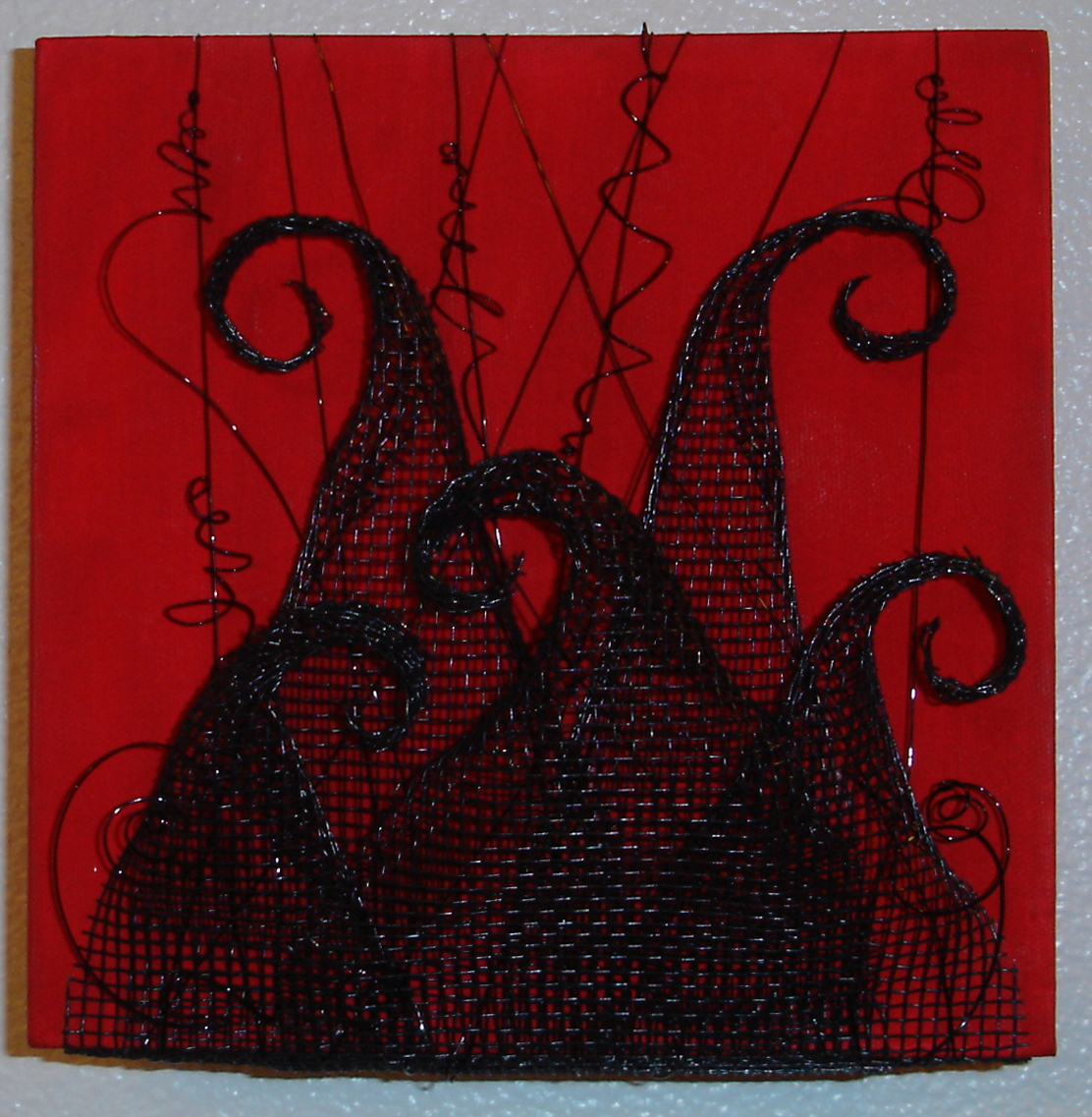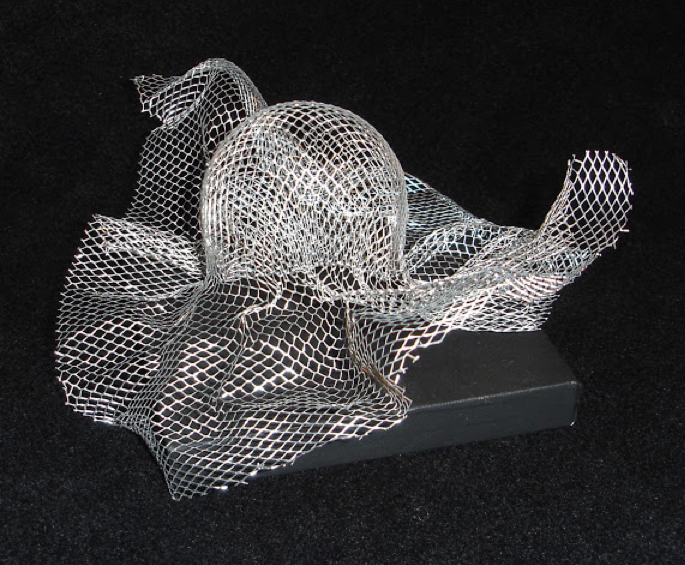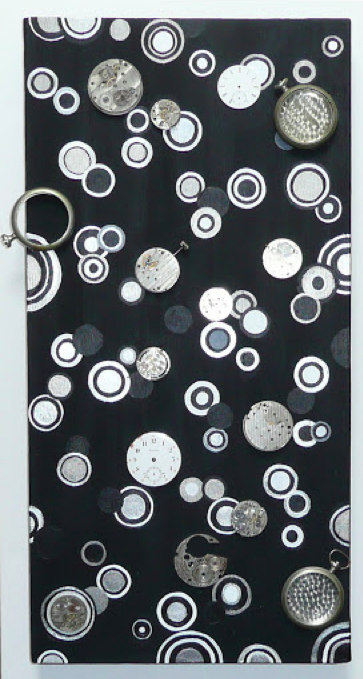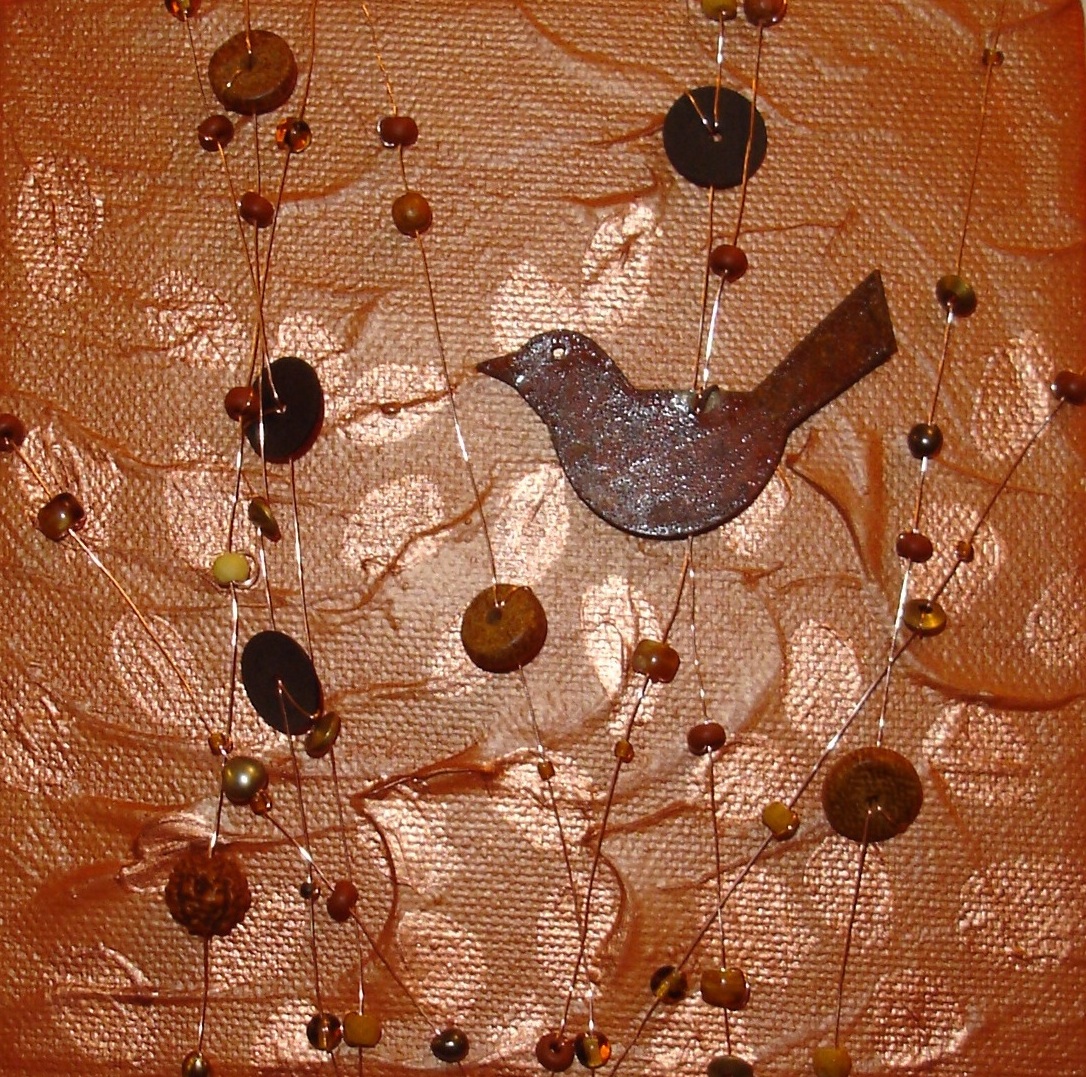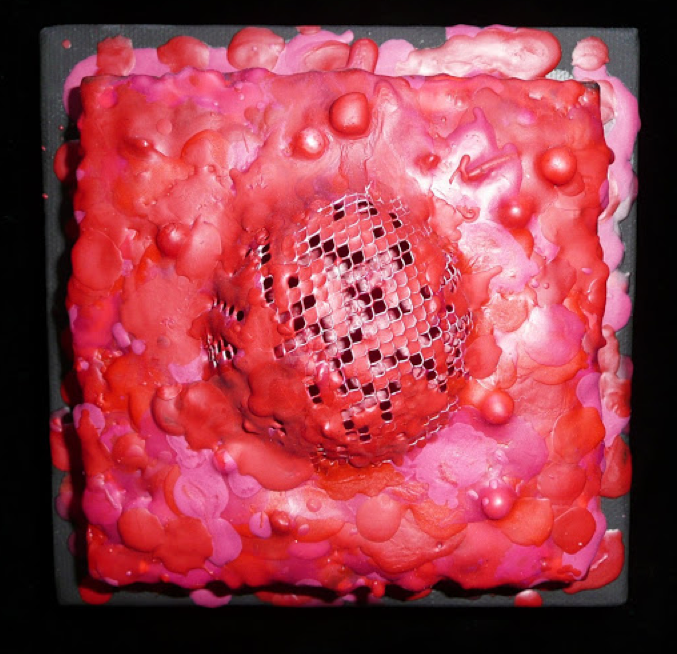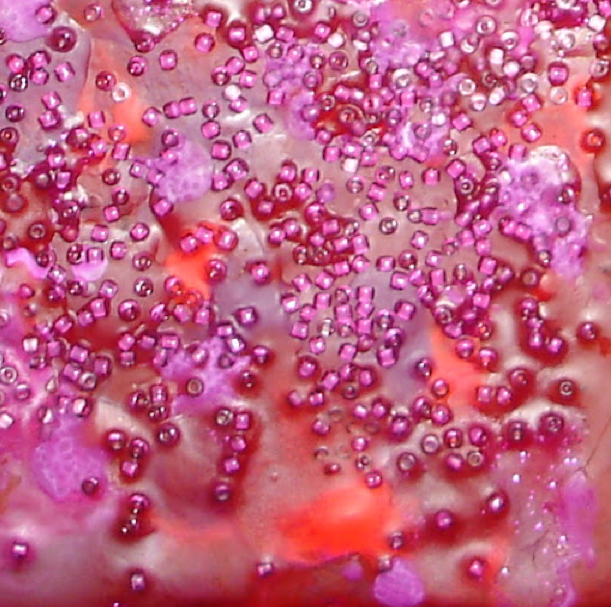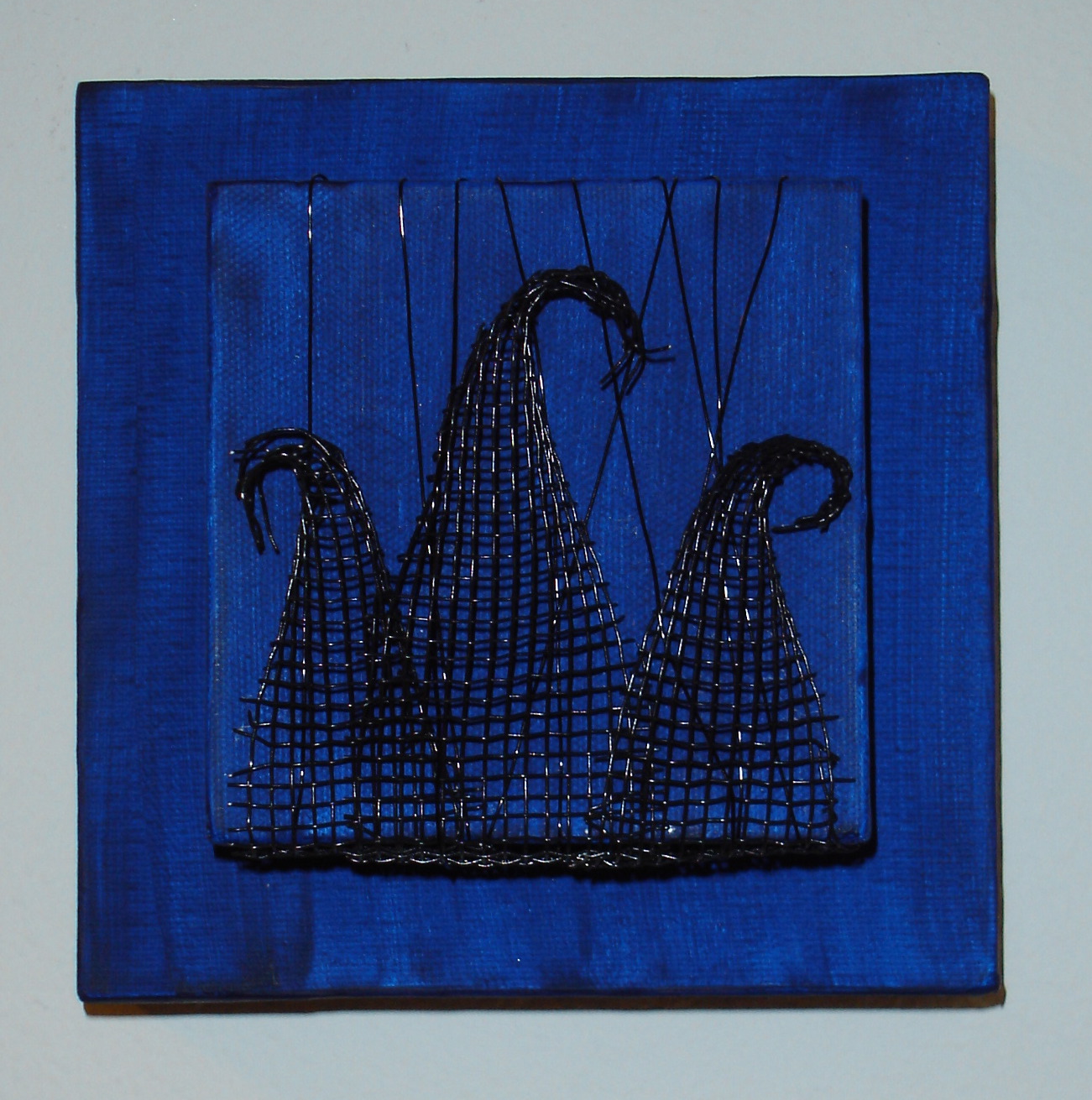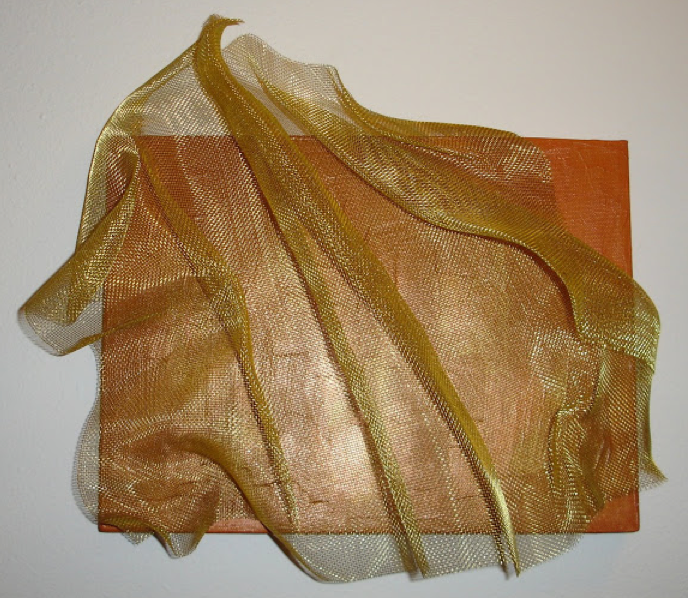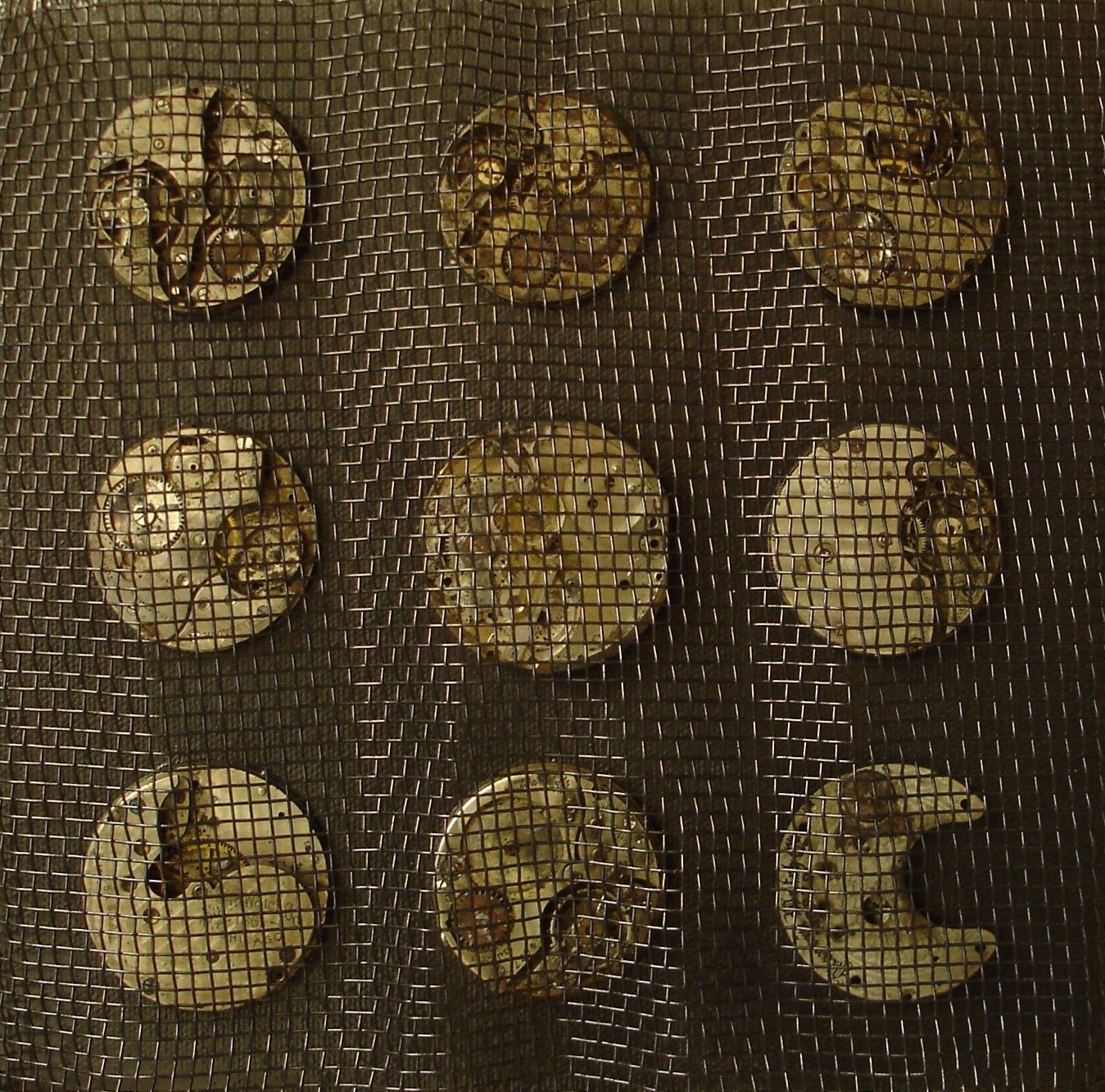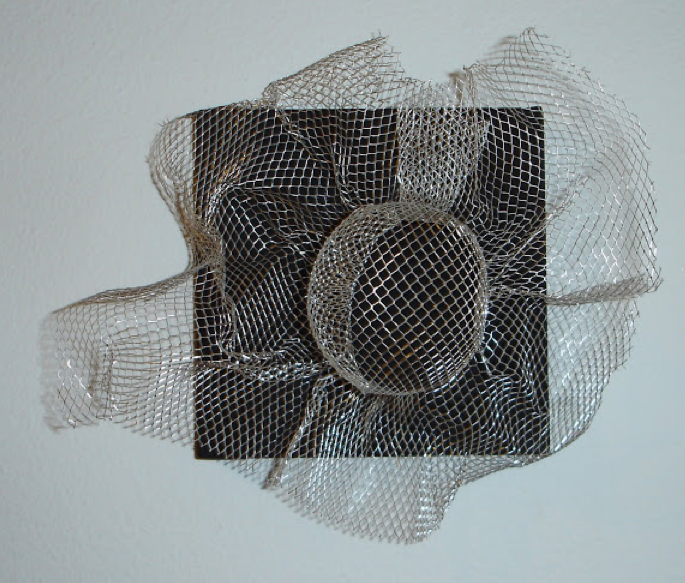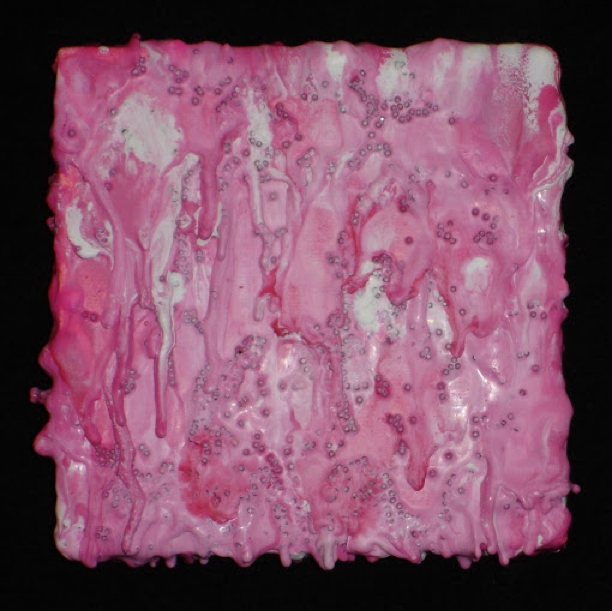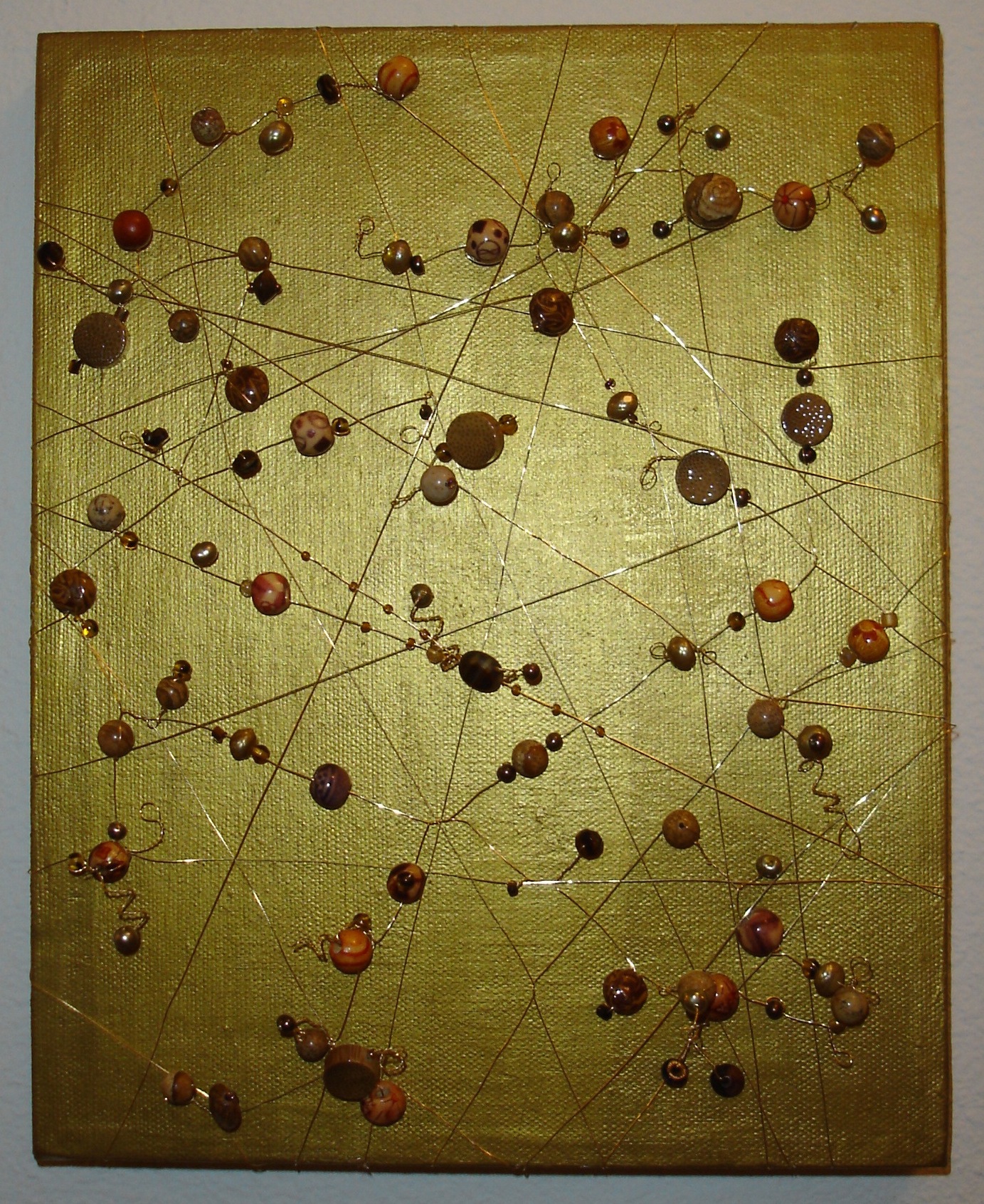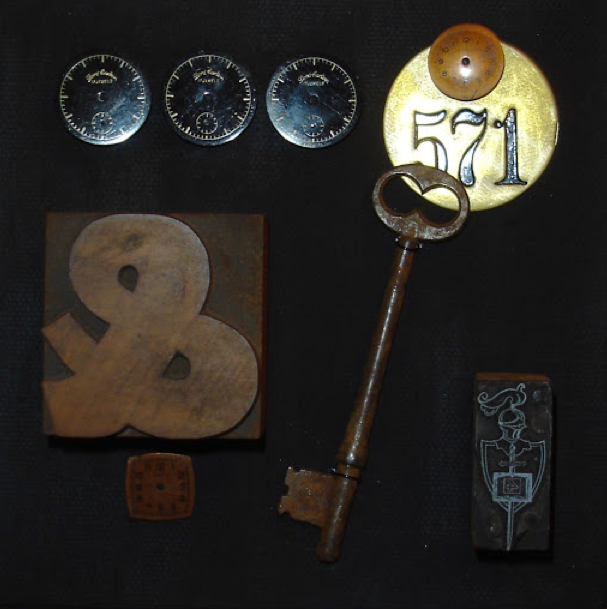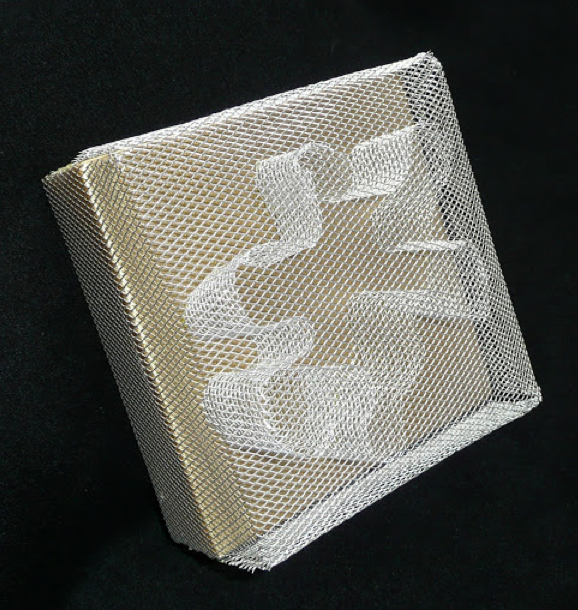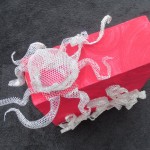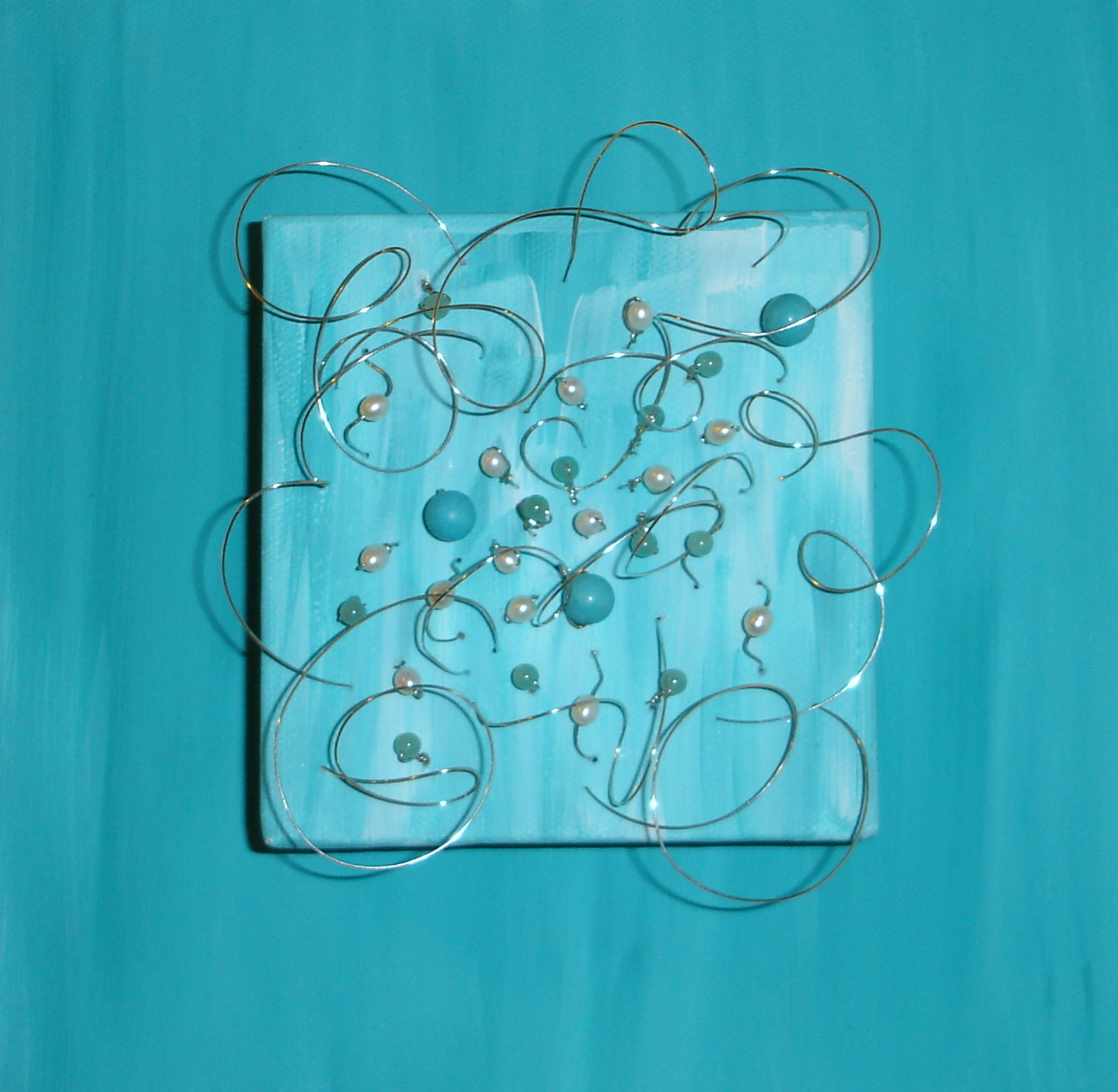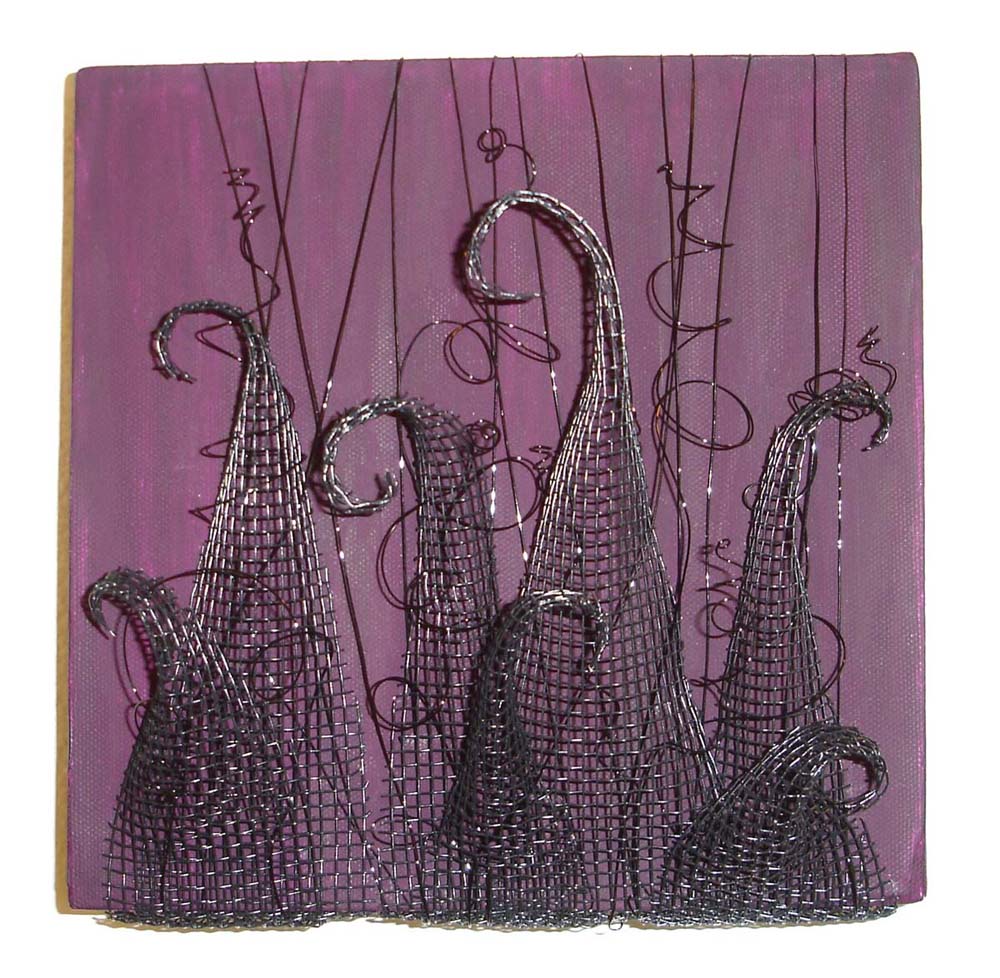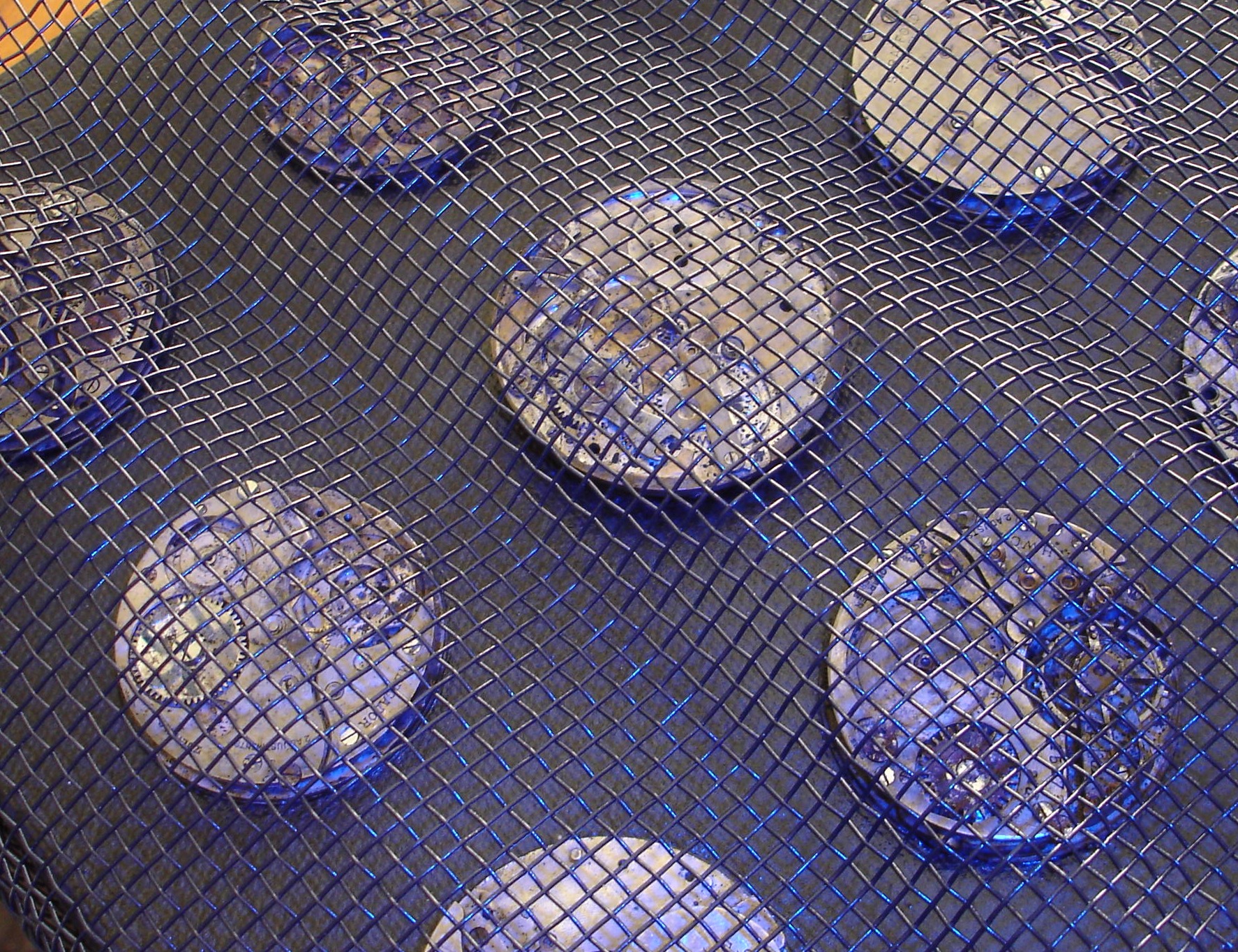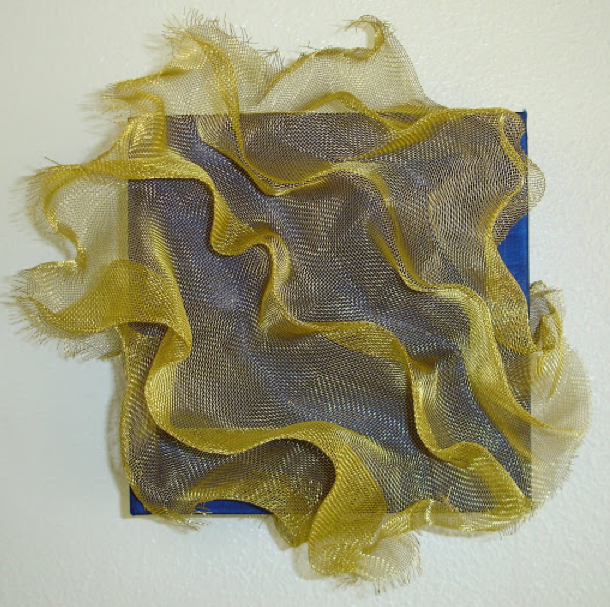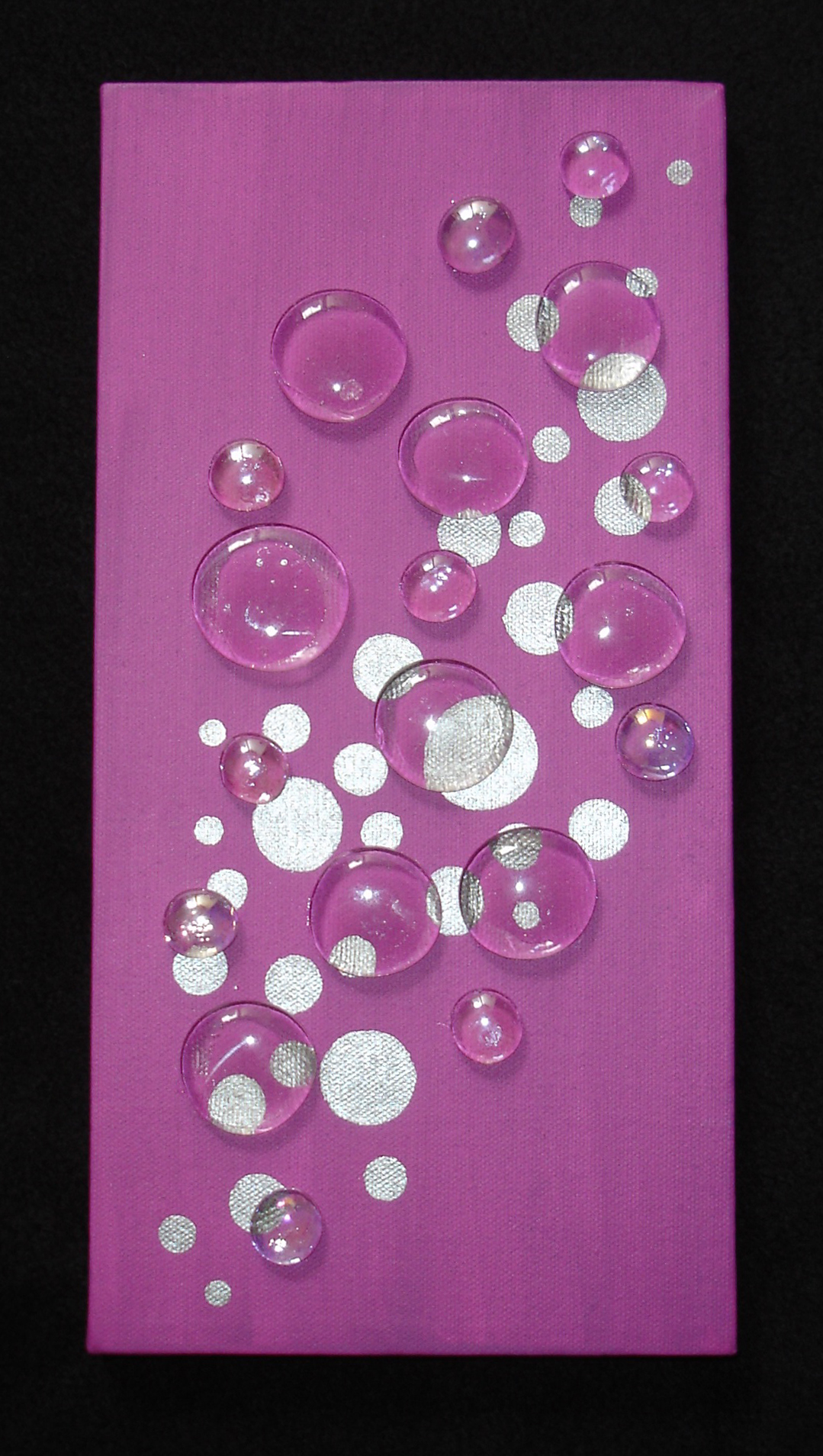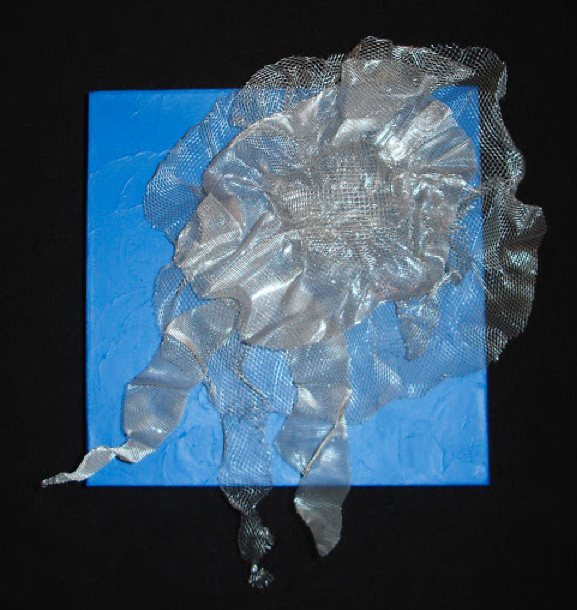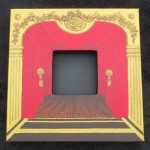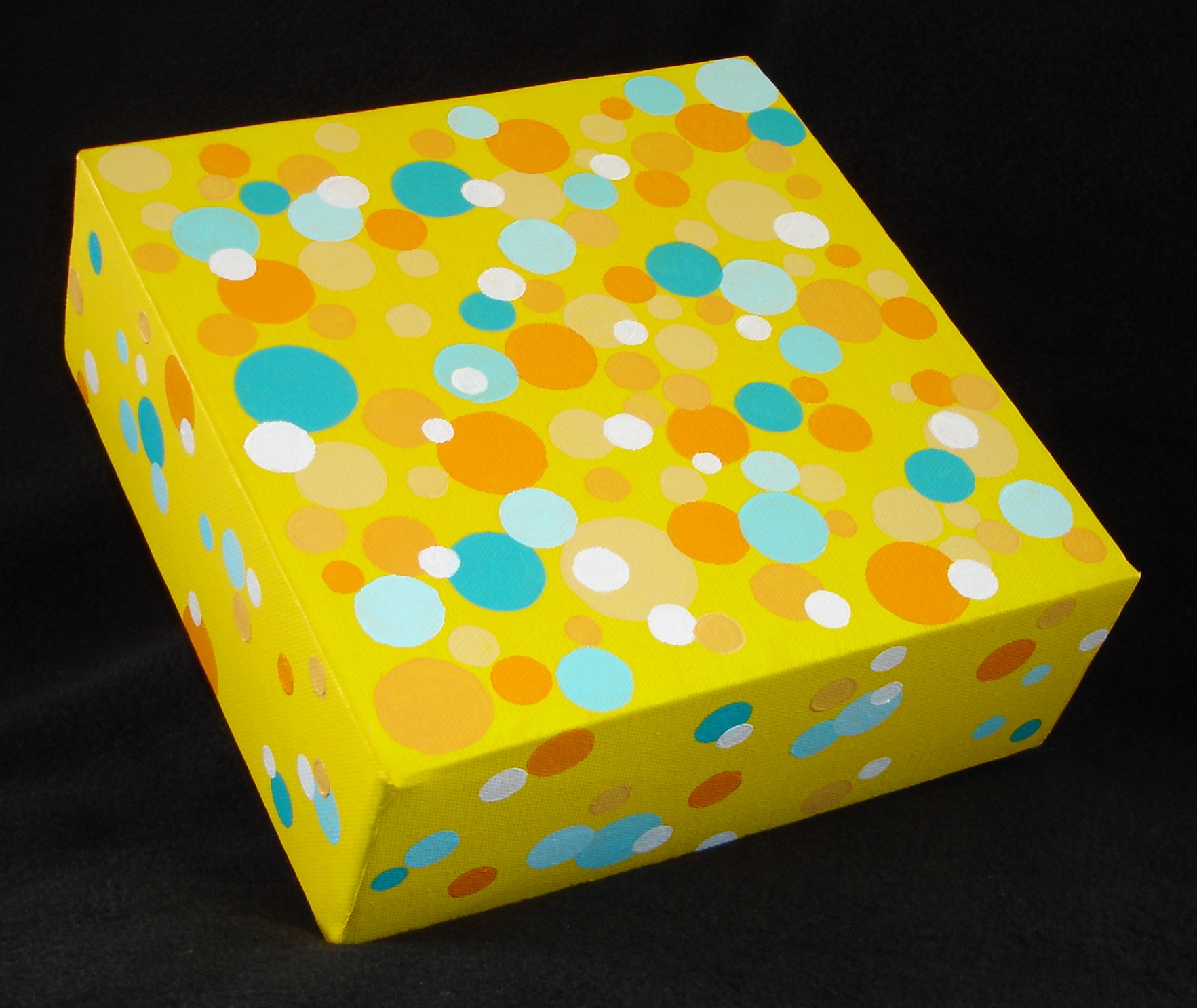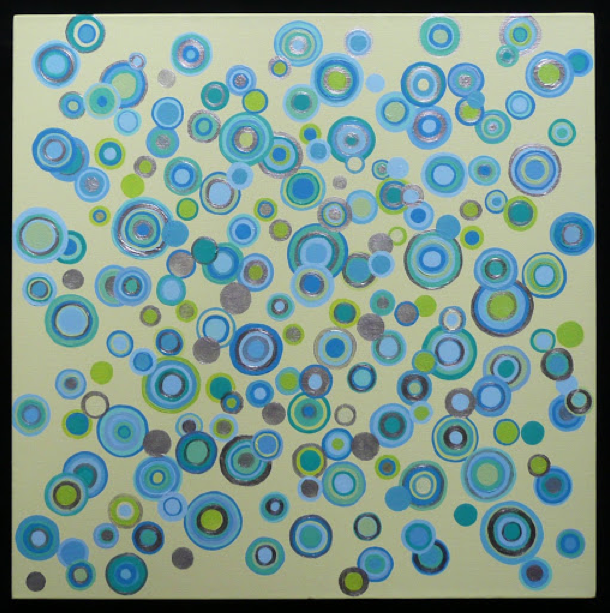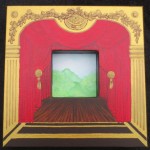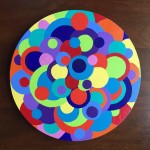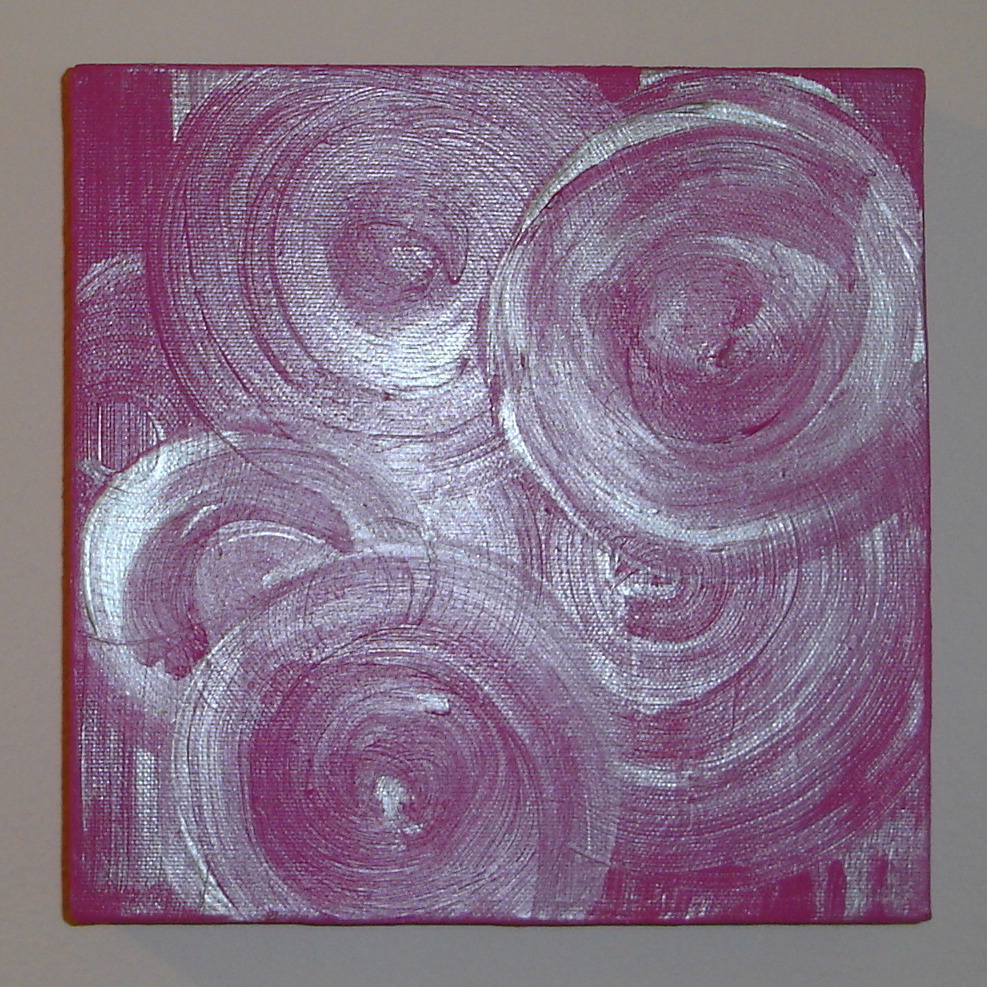I’ve never cared much for clowns. I don’t have coulrophobia (fear of clowns), though this fear is apparently surprisingly common. I just find pretty much everything they are and most of what they stand for annoying. I don’t hate them, but I avoid them when I can, and I’ve been sorely tempted to buy myself a “Can’t sleep, clowns will eat me” T-shirt. Apparently many of my fellow Americans agree with me.
My beloved Uncle Steve is the exception to my anti-clown rule. He finally retired from his recurring role as Tidy the Clown in the annual Redwood City (California) Fourth of July Parade after 25 years of clowning around in public, and I must say I did enjoy him. But he was a gentle clown who pushed a bottomless garbage can down the street, popping junk into it and leaving a trail of trash behind him as the debris went right through the bottom of the can. When he’s a clown, the joke’s on him, and the audience gets to giggle at his cluelessness.
Steve’s alter ego, Tidy, recruited elementary school kids to be his clown sidekicks every year, and the result was charming and sweet. Tidy stuck flowers into piles of pucky left by the horses of the mounted police that went before him, and only approached people if they seemed open to it; he’d never force himself on a child. He’s more the sweet, Chaplinesque Little Tramp sort of clown, not the barrelling, bamboozling, freakazoid clown one finds on, say, ice cream cone packaging. (That is one horrifying dude.) I can make exceptions for someone like Tidy, but in general, keep Bozo and his ilk far away from me.
The sort of clown my uncle represents is endearing and enjoyable, a sort of old-style, mid-20th-century, fun-loving clown. But nowadays such cuddly clowns are rather rare. The cheerful, perky clown toys of the past have given way to more garish and ghoulish representations in the general media.
The general idea of the American clown, a white-faced social misfit clad in oversized and odd clothing, ignoring people’s personal space, attacking them with seltzer bottles or squirting flowers, and using them as the butt of public jokes as a way of seeking attention, pretty much sums up the worst of American behavior in one self-parodying, campy, over-the-top package. It’s nearly everything I hate about our embarrassingly accurate national stereotype: garish, self-absorbed, pushy, willing to trod on other’s toes, thinking our needs are greater than everyone else’s, ever ready to laugh at others’ humiliation but in a touchy, bad-humored funk when the table is turned and the joke’s on us.
To be fair, clowns of other cultures (e.g., buffoons like Pantalone and Arlecchino in the commedia dell’arte tradition, or Britain’s Punch and Judy puppet versions of clowns) are also caricatures with distinct, overscaled features, costumes, and gestures, all of which predate the founding of the United States by many years. I’m being unjust in blaming American culture for the American clown tradition, I know. They come from a long and, to my sensitivities, annoying tradition of making the audience the straight man, barrelling over others for laughs, and making light of humiliation and slapstick violence. It’s the sort of thing that Roberto Benigni did in his Holocaust-lite Oscar-winning crowd-pleaser, “Life is Beautiful,” a few years ago—much to my disgust and dismay. For a description of the film that agrees with my take on it, see David Denby’s review, “In the eye of the beholder,” published in The New Yorker, March 15, 1999. I found nearly everything Benigni did in that film either offensive, maudlin, self-aggrandizing, disrespectful, or embarrassing—or all of those things rolled into one.
I’m not actually a humorless prig; I can cackle and guffaw with the best of them, and I laugh so hard I snort more often than I care to admit. I can enjoy dark humor, tacky humor, vulgar humor, but I can rarely appreciate or enjoy slapstick physical comedy or farce, unless they’re so bizarrely irrational (e.g., my beloved Monty Python) that it’s impossible to empathize with the person playing the butt of the joke. Otherwise, I usually become uncomfortable when the laughs come at the expense of someone else’s pride, safety, or happiness. Even when the straight man is set up to seem an unpleasant sort who deserves his comeuppance, I generally don’t like seeing others derive happiness from the suffering of others. But then, I don’t appreciate most light romantic comedies, either. I can watch “Six Feet Under” or “The Sopranos” all day long (gimme that angst!), but ask me to watch ditsy women trip over themselves to get the attention of pretty boys with great abs for an hour and really, I’d rather floss my teeth or weed my garden, thank you very much.
Of course, I’m not alone. A quick search of eBay will find you scores of scary clown puppets, figurines, and posters that the sellers recognize as distinctly creepy. A walk through the aisles of your local Blockbuster shows DVD covers emblazoned with killer clowns in the horror section. “The Simpsons” even featured an episode in which Bart is so frightened by the clown-inspired bed Homer makes him that he stays up all night chanting, “Can’t sleep, clown’ll eat me.” This is apparently the genesis of the refrain now printed on T-shirts worn by proud coulrophobes across the nation. (Leave it to Matt Groening to explore odd undercurrents of our nation in such a fun and funky way.)
I don’t know whether it’s worth it to resurrect cheerful, inoffensive clowns, since even they had elements that have scared children for centuries; outsized features, crazy make-up, and disturbingly child-like behavior coming from an oversized adult are just odd. I prefer my comedians to take the forms of everyday people, I guess. I like my fantasy worlds to feel as close to a world I can believe in as possible, so I can get lost in them more easily. Some like fantasy characters and scenarios to be as outlandish as possible in order to feel truly immersed in another world and way of thinking, but I’d rather have some emotional connection to fictional characters so that I can care about them and identify with them, and for me, that usually involves making them feel as much like realistic human beings as possible. I also prefer it if they don’t step out of their boundaries and squirt me in the face with a shot of seltzer water. I’m funny that way.
[Originally published in Laura Grey’s Little Hopping Bird blog.]

